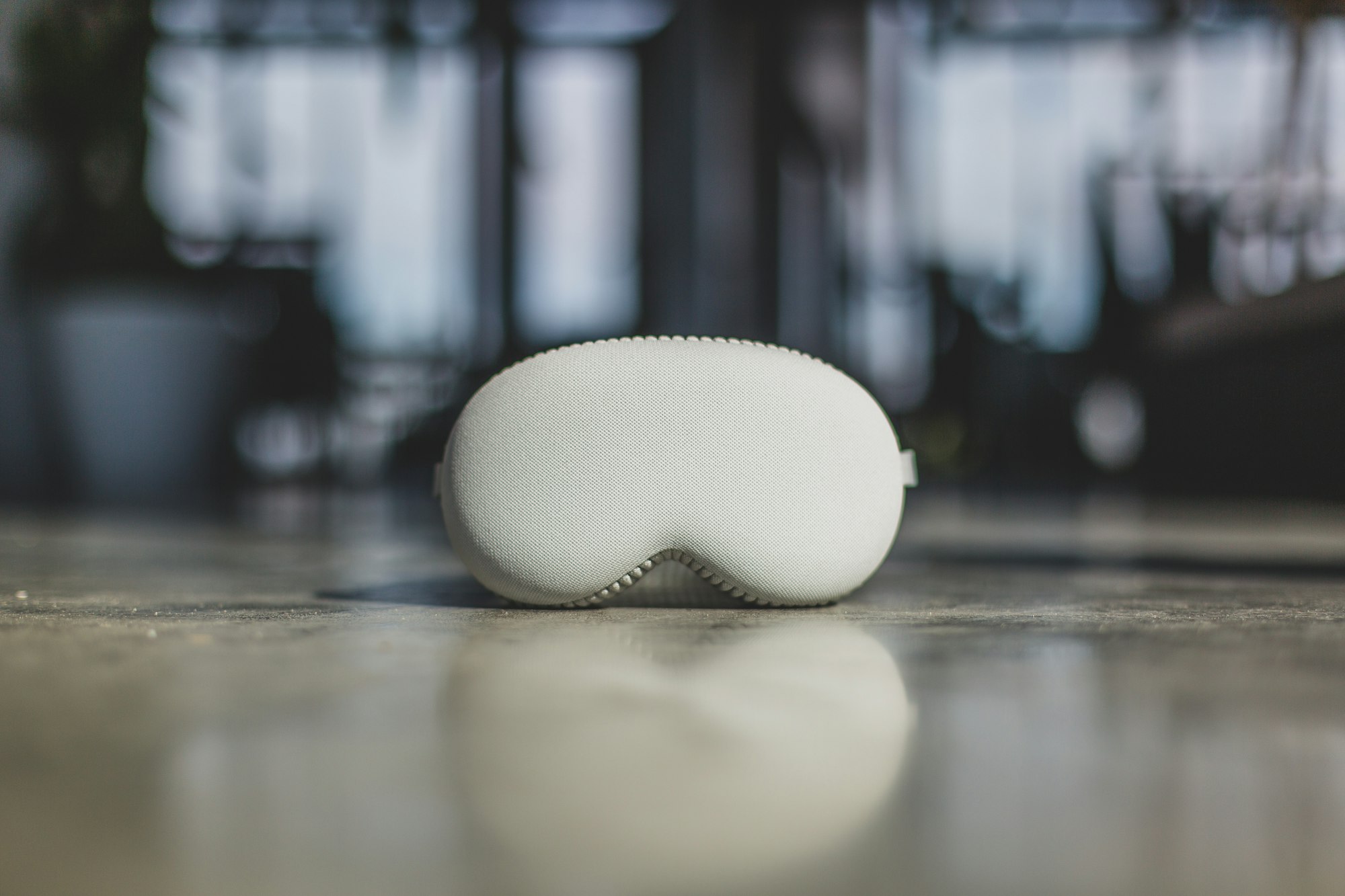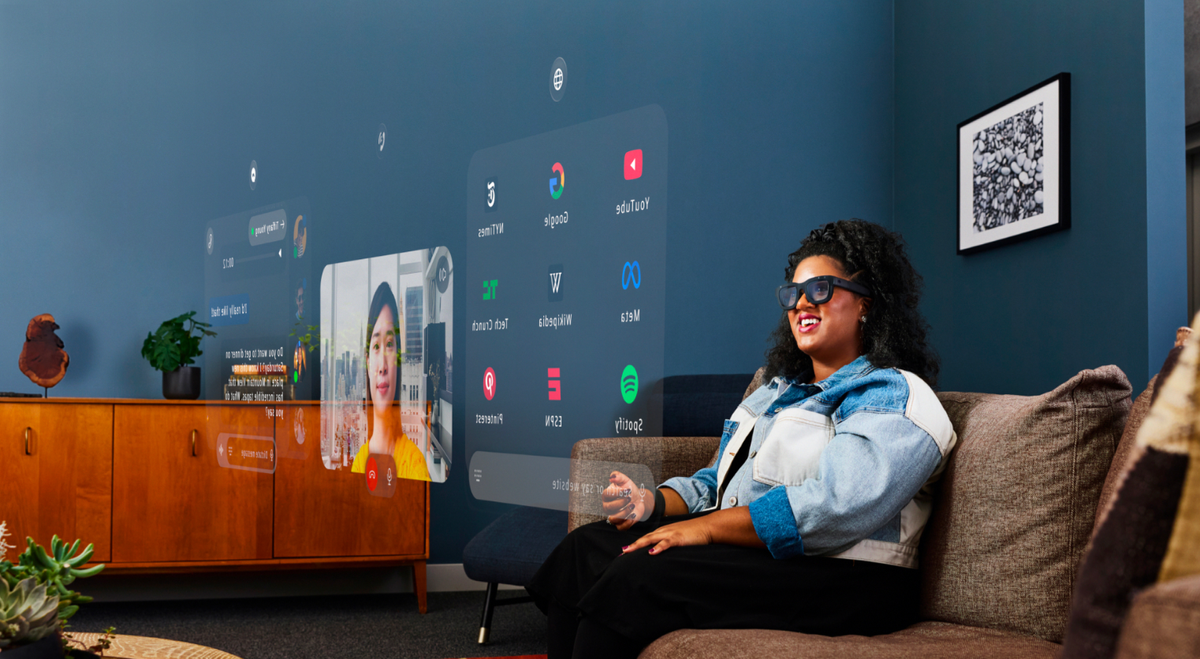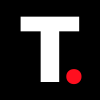CHART: Meta, Pico, and DPVR controlled over 90% of VR headset shipments in Q2 2024

◾️ Global VR headset shipments dropped 4% YoY and 28% QoQ in Q2 2024.
◾️ Market consolidation is evident, with Meta, Pico, and DPVR controlling over 90% of VR shipments.
◾️ AR smart glasses shipments also dropped 13% YoY and 23% QoQ, marking the end of three consecutive quarters of growth.
In the second quarter of 2024, the global market for virtual reality (VR) and augmented reality (AR) headsets saw significant shifts, reflecting the evolving landscape of the technology.
After a period of sustained interest, global VR headset shipments experienced a significant downturn declining by 4% YoY and an even steeper 28% QoQ according to a report by Counterpoint Research. This decline marks a continuous downward trend from the first quarter when the market saw an even bigger 29% YoY decrease.
A key factor behind this decline was a sharp drop in shipments of Sony’s PlayStation VR2 (PSVR2), a product that initially stirred excitement among gaming and tech enthusiasts but struggled to maintain its early momentum.
This was the same for Apple's Vision Pro which was initially met with a lot of enthusiasm and media hype but struggled to achieve widespread adoption and saw a significant decline in shipments during Q2 2024.

This struggle mirrors the broader cooling-off in the consumer VR market. However, Meta stood out as a standout performer in the VR space with shipments growing 37% YoY in Q2 2024, allowing it to capture a commanding 80% share of the global VR market driven primarily by the Meta Quest 3.
Meta’s strong performance not only underscored its dominance but also highlighted the ongoing consolidation within the VR market, with the top three players—Meta, Pico, and DPVR—controlling over 90% of global VR shipments.

Meanwhile, the market challenges weren’t limited to the VR market, the AR smart glasses market had its fair share of challenges, dropping 13% YoY and 23% QoQ. This marked the end of three consecutive quarters of growth, signalling that the AR market may be nearing a saturation point.
A broader look at both the AR/VR market share further highlights this shifting dynamic.
